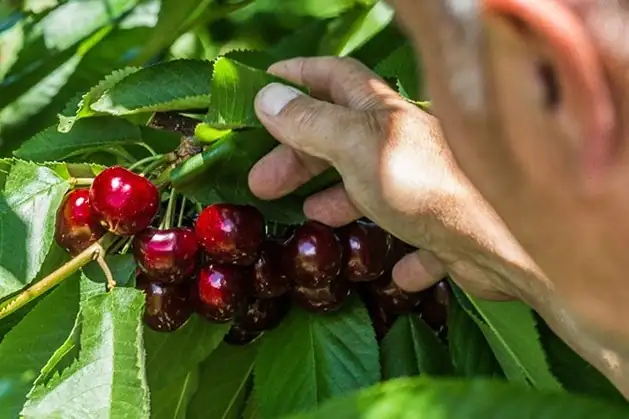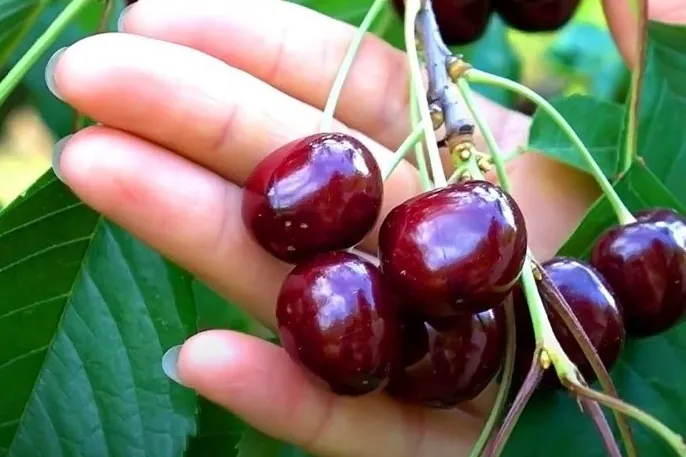The 2025 season marked a setback for U.S. cherry exports to China, with a 35% decline compared to the previous year.
However, despite obstacles such as high tariffs, domestic competition and unfavorable weather conditions, the industry showed remarkable adaptability, focusing on new Asian markets and on an increasingly targeted diversification strategy.

Declining shipments
Shipments to China have dropped, but not the demand for premium cherries.
According to a report by the U.S. Department of Agriculture’s Foreign Agricultural Service (USDA), cherry shipments to China stopped at 8,200 tons, equal to 65% of the 2024 volume.
The contraction was triggered by several factors: tariffs penalizing Chinese distributors’ margins, strong competition from domestic production – also thanks to greenhouse cultivation – and weather issues that hindered logistics and product quality.
Nevertheless, the Chinese market’s interest in Northwest U.S. cherries remains high, especially for premium varieties such as Chelan, Skeena, Santina, Black Pearl and Regina, highly appreciated by upper middle-class consumers.
Diversification: the strategy
“The situation is certainly not ideal, but we have not stopped,” said Keith Hu, director of international programs at Northwest Cherry Growers.
The sector decisively focused on geographic diversification, shifting attention to emerging markets such as Vietnam, Japan, Australia, Mexico and India.
Hu emphasized that, despite the downsizing of the Chinese position (now only the fourth market after Canada, South Korea and Taiwan), exports will still account for 30% of total U.S. production, in line with previous years.
Abundant production?
Abundant production but a difficult season.
The 2025 campaign delivered a generous harvest: about 15% more than in 2024.
However, growers described it as a challenging season.
Reported issues included a labor shortage caused by fears of immigration checks, rising production costs, and retail prices that were too high, slowing down sales.
The result? In some cases, high-quality fruit was left unharvested, while in others cherries reached markets in suboptimal condition due to heat waves and disruptions in Chinese wholesale markets.
The future of American cherries in Asia
The Chinese market, despite numerous difficulties, remains strategic for U.S. cherries, but political tensions continue to pose uncertainty.
Meanwhile, the industry is looking ahead, strengthening its presence in Asia and seeking new opportunities in growing markets such as India.
The resilience demonstrated in 2025 could prove to be the key to facing an increasingly unstable future full of potential.
Source: capitalpress.com
Image source: NWCHERRIES
Cherry Times - All rights reserved













